Baseball.
Baseball's history goes back hundreds of years (it's true!), but the sport is always changing. Especially this year.
That's because as spring training gets underway, Major League Baseball (MLB) has unveiled a series of new rules. They're mostly aimed at doing two things: increasing scoring and making the games shorter.
Given that a) runs are exciting and b) the average baseball game last season lasted three hours and three minutes, we think these are good ideas! Let's see what the plans are for pro baseball in 2023.
Pitch clocks
10, 9, 8 ... Pitch clocks have been tested for years in spring training and minor league games. Now they're coming to the big leagues for the first time. (Getty Embed)
In the past, pitchers could take their time communicating with their catchers and deciding on the perfect pitch to throw. As much time as they liked. The average game has nearly 300 pitches so you can see how that could take up a lot of time.
But this season, pitchers will need to work with a pitch clock. Once they receive the ball from the catcher, pitchers will have 15 seconds to throw their pitch. They get 20 seconds if an opposing player is on base (this is to allow for extra strategizing). If they wait too long, it counts as an automatic ball.
15 seconds is a decent amount of time. But under the pressure of a big game, it can actually feel short. And it should shorten ball games, too. MLB tested pitch clocks last season in the minor leagues and found that it reduced games by nearly 30 minutes!
Pickoff limit
Pickoffs are a way pitchers can try to keep base runners near the base, but they also can slow down the game. (Getty Embed)
When a runner is on base, especially first base, they can be a threat to steal a base. Runners try to improve their odds of stealing by taking a lead, or getting a head start by sneaking away from the base.
Meanwhile, pitchers try to limit this threat by throwing a pickoff—this is a pitch to the first baseman hoping to catch the runner when they're off the base and get them out.
Baseball players have been doing this for centuries. The only problem is that sometimes pitchers can throw three, four, even five or more pickoffs at the same runner during one at bat. The result is that the game slows down.
But now, pitchers can only throw two pickoff attempts during one at-bat. This means that they will need to be much more careful about how they approach pickoffs. And it also means that there will likely be a few more stolen bases than usual in 2023.
No more shift
Infield shifts like this one, where three infielders are to the right of second base and one player is not standing on the dirt before the ball is hit, will not be allowed anymore. (Getty Embed)
Last season, a big trend arrived in baseball: the infield shift.
This is when players in the infield would move dramatically out of their natural positions against certain batters. Why? Because the stats said that that particular batter mostly hit in one direction. So if Batter A loves to hit to the right, why not place three infielders on the right side instead of the usual two?
Many teams agreed—the Toronto Blue Jays, for example, were big fans of using the shift. But some fans didn't like how much it was used last season. And it also seemed to limit the amount of successful hits. So in 2023, MLB has ended the infield shift.
Now teams must have two infielders on either side of second base and they must all have both feet somewhere on the infield dirt. The hope is that this will increase scoring a little and add more excitement to the game.
Bigger bases
These white squares are getting a little bigger. (Getty Embed)
The final rule change is that the three basepads—first, second, and third base—are increasing in width from 15 inches to 18 inches (38.1 to 45.7 cm). It's not a lot. But officials are hoping that this will reduce the chance of collisions between fielders and baserunners during the game.
This is one change that likely isn't going to make the game faster or higher scoring. But if it avoids a few injuries to some of our favourite players, then we're not complaining.
Let's get ready for a new baseball season!
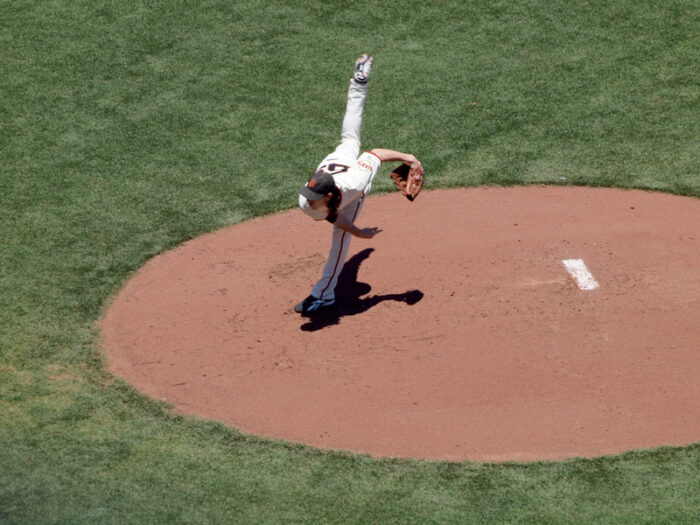 Pitchers are going to have to get a move on this season. (ID 151782903 © Eric Broder Van Dyke | Dreamstime.com)
Pitchers are going to have to get a move on this season. (ID 151782903 © Eric Broder Van Dyke | Dreamstime.com)


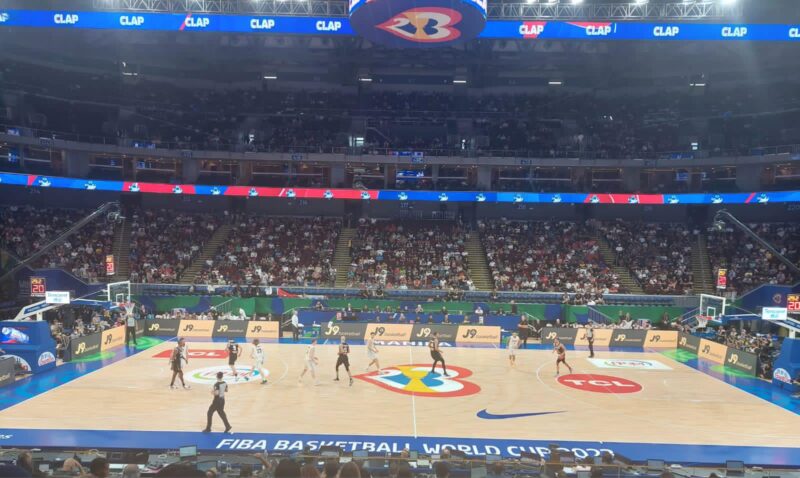
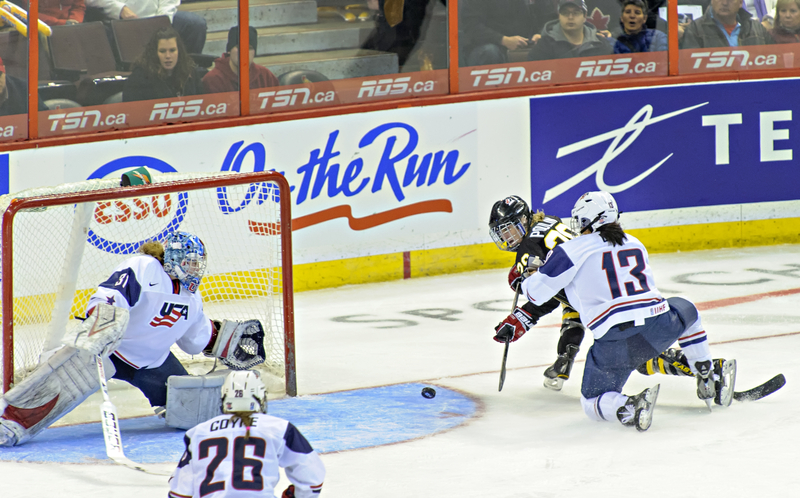
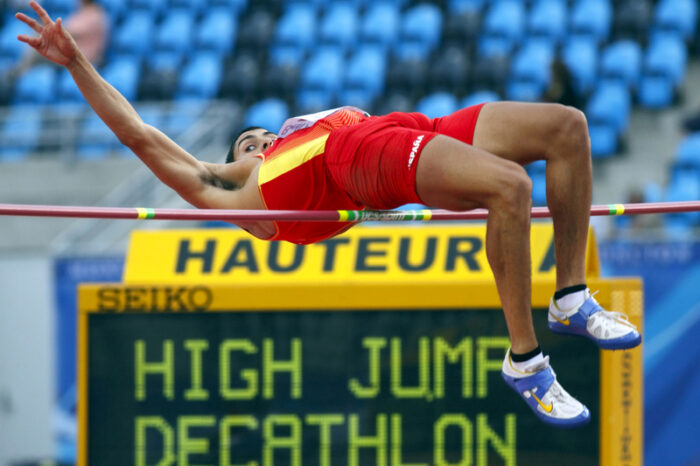

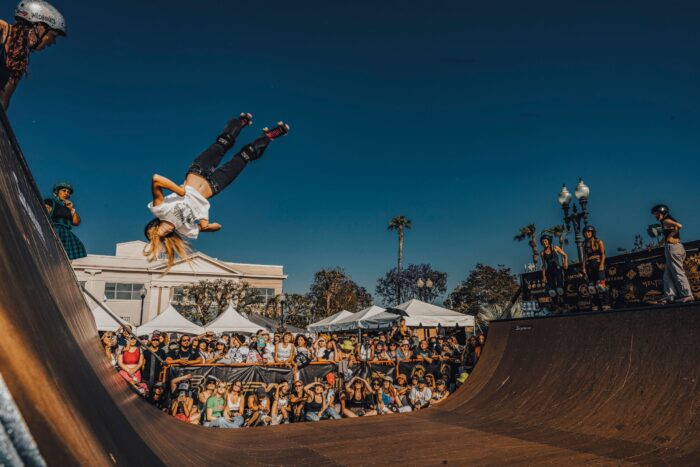



Wow! This is interesting. I never knew that so many MLB rules are changing this year. Hopefully this helps to speed up the game, because roasting in the sun with the roof open in the middle of the summer for a couple hours is enough for me! I also really like how they’re trying to avoid collisions. I feel that it would make the game more fun for the players.